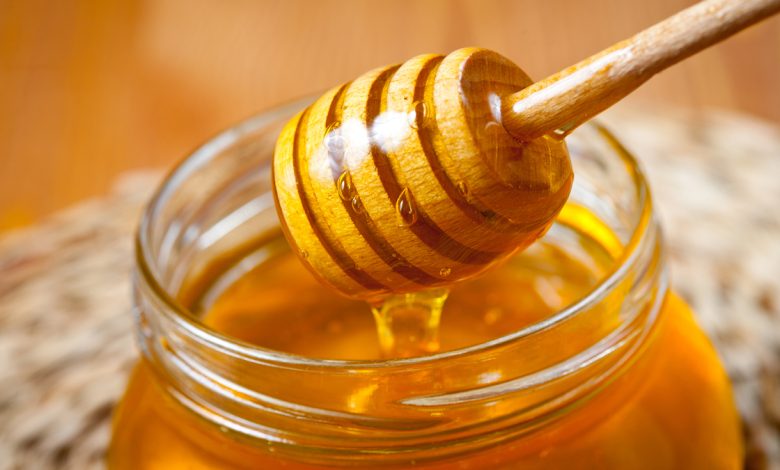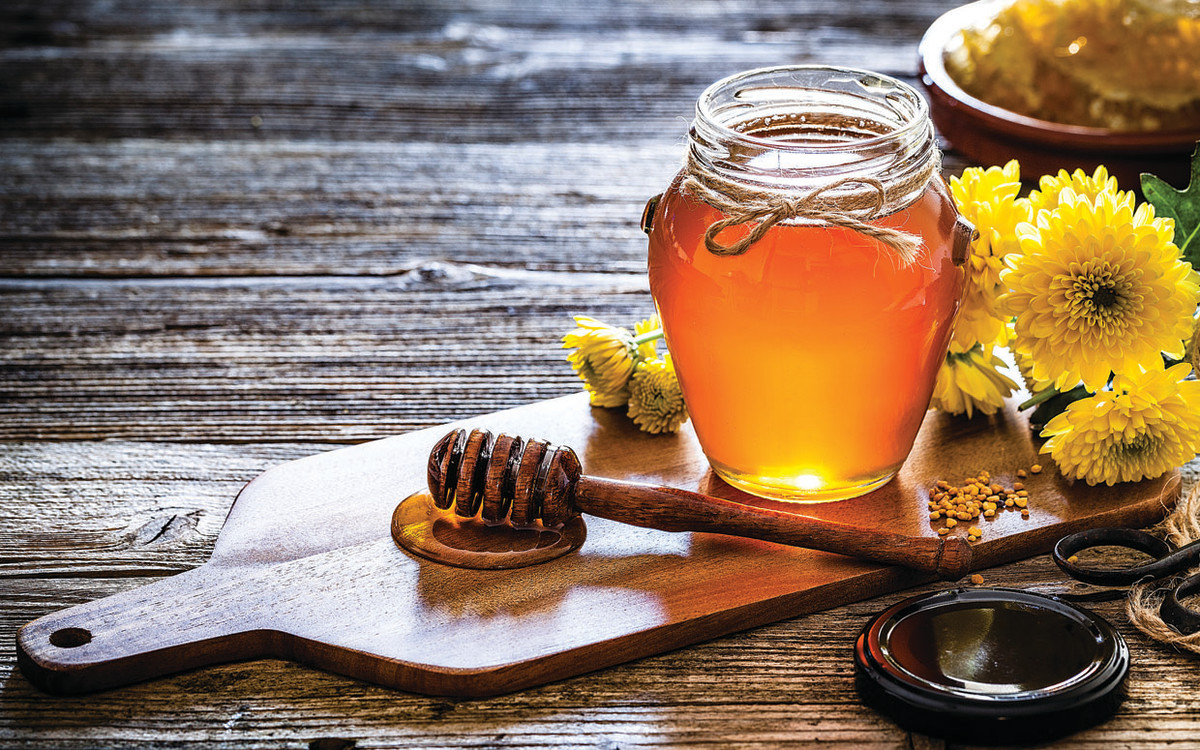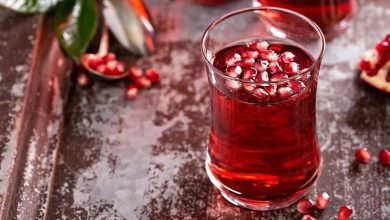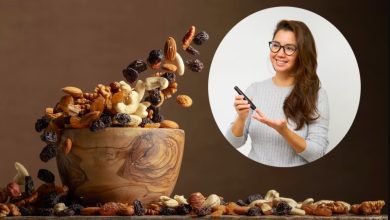Honey Spoil Time: Does Honey Spoil?

Honey Spoil Time: Raw, unrefined honey – with enzymes and other beneficial compounds – and minimally processed can last “forever” if stored in a well-sealed container.
Some believe that honey has a long shelf life, but do scientific studies confirm this idea?
According to Live Science, today at least 300 types of honey are known, which are produced by more than 20,000 species of bees.
Honey Spoil Time, “The composition of honey depends on the type of bees that produce the honey,” Kantha Shelke, a food scientist at Johns Hopkins University, told LiveScience.
After collecting nectar from flowers, bees convert sucrose, a complex combination of glucose and fructose, into highly concentrated simple sugars. While honey is mostly sugar, it also contains more than a dozen other substances such as enzymes, minerals, various vitamins and organic acids. It also has flavonoid and phenolic compounds which are known as anti-inflammatory and antioxidant and give honey medicinal properties.
Honey Spoil Time, When the pollen enters the bee’s stomach, an enzyme called glucose oxidase begins to break down the glucose. This process produces two important substances: gluconic acid and hydrogen peroxide. Gluconic acid makes honey acidic and acts as one of the protective factors of honey against the growth of microbes. Hydrogen peroxide also acts as an antimicrobial through other reactions.
After converting flower nectar into simple sugars, the bee returns this sweet liquid and transfers it to other bees in the hive. When the bees finally deposit the digested nectar on the comb of the beehive or honey production area, its juice slowly evaporates due to the movements of the bees’ feathers, and this sweet liquid becomes viscous.
Honey Spoil Time, The presence of gluconic as well as acetic, formic and citric acid makes honey very acidic. Fewer microbes can tolerate this pH level.
Honey Spoil Time

All of these chemicals prevent microbes from spoiling the honey, but even though honey is safe for a long time, it can change over time.
Honey Spoil Time, The composition of honey changes due to crystallization, fermentation, oxidation and temperature effects. These changes vary depending on the type of honey (light or dark), its source, the season of production or the plants from which the bees collected their pollen. Some of these changes affect the nutritional and sensory properties of honey, including its appearance.
When honey is heated or left for a long time, it can undergo a reaction called “millard”; The same reaction that causes sugar to caramelize and turn brown. In this process, a potentially toxic compound called 5-hydroxymethylfurfural or HMF is produced. The safe level of HMF for daily consumption is not yet well known, but some studies have shown that it can help prevent cancer, while others say it prevents allergic reactions.
Honey Spoil Time, According to a study, the visual and chemical properties of honey are best preserved when stored at 24°C or room temperature. Experts say that due to all these variables, the packaging and the way honey is stored can help its useful life. So that unrefined raw honey – with enzymes and other beneficial compounds – and minimal processing can last “forever” if stored in a well-sealed container.
Pasteurized honey can also last for several years, but due to the lack of some enzymes and antimicrobial compounds, it may be susceptible to microbial damage if it is not properly sealed.
Honey Spoil Time, Experts also remind the point that eating honey for babies, because a type of bacteria resistant to heat and pasteurization called “clostridium botulinum spores” is also present in honey, which is harmless to adults, but when it enters the body of babies, Their intestines release a toxin that can be fatal. The digestive system of adults can clear this toxin.
Also Read:
6 Unique Properties Of Eating Bananas With Honey
The 4 Best Benefits Of Using Honey For Face And Skin
The Best 7 Benefits Of Drinking Warm Water With Honey In The Morning For Skin And Health
Useful Food For Skin: The 7 Useful Food Ingredients That Work Wonders For Skin And Hair Health




